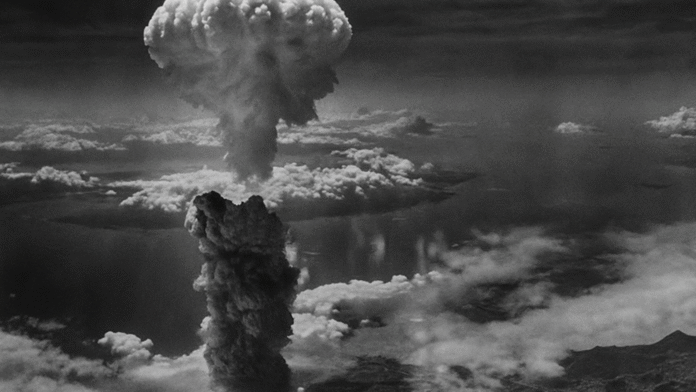Eighty Years After Hiroshima and Nagasaki
On August 6 and August 9, 1945, the world changed forever. The cities of Hiroshima and Nagasaki, once thriving centres of Japanese life and culture, were reduced to rubble in moments, their skies lit by the first and only use of nuclear weapons in warfare. Today, eighty years on, the memory of those two days haunts the global conscience, not merely as historical moments but as warnings carved into the DNA of international diplomacy and human morality.
In the pre-dawn hours of August 6, a U.S. B-29 bomber named Enola Gay released a single bomb over Hiroshima. Within seconds, a city of over 300,000 people became a firestorm. The device, nicknamed Little Boy, detonated with the force of approximately 15,000 tons of TNT. Three days later, a second bomb, Fat Man, exploded over Nagasaki, delivering even greater destructive power. Between the two cities, over 200,000 people, men, women, and children, perished, either instantly or in the harrowing months that followed. Those who survived the initial blasts faced the cruel aftermath of radiation sickness, burns, and trauma, their lives irreversibly scarred by a weapon that ushered humanity into the atomic age.
In the years that followed, the bombings of Hiroshima and Nagasaki became symbols of both victory and horror. For some, they marked the end of a brutal world war. For others, they marked the beginning of a new era of existential fear. The mushroom clouds over Japan were not only the product of wartime strategy but also a testament to the terrifying reach of scientific advancement when untethered from ethical restraint. These were not mere military events, they were moral earthquakes, shaking the very foundation of what it means to wield power in a world of sovereign nations.
The post-war decades saw survivors, hibakusha, become advocates for peace, their testimonies serving as living reminders of nuclear war’s true cost. Children born with deformities, communities crippled by long-term radiation exposure, and generations haunted by psychological trauma speak to a tragedy that extended far beyond the physical destruction of buildings. Their stories humanised the statistics and fuelled the global anti-nuclear movement. Hiroshima and Nagasaki did not just suffer; they became symbols of resistance to a repeat of such devastation.
Despite this, the nuclear threat did not recede with the end of World War II. Instead, it metastasised into a Cold War arms race, with nations stockpiling weapons that could annihilate the planet many times over. Today, the global arsenal remains large and dangerous, and the political rhetoric surrounding nuclear deterrence remains charged with risk. The world may not be on the brink of immediate nuclear war, but complacency is its own kind of danger. In geopolitical flashpoints from Eastern Europe to East Asia, the ghost of Hiroshima still lingers.
Commemorating eighty years since the atomic bombings is not just about honouring the dead; it is a call to the living. It is a moment to question the paths we continue to take in the name of security, power, and deterrence. As nations gather to mark this solemn anniversary, silence hangs in the air not only out of respect, but out of uncertainty. Have we truly learned the lesson those two cities taught us?
The Frontpage Journal reflects on this anniversary not as an isolated remembrance of the past, but as an urgent plea for responsibility in the present. Hiroshima and Nagasaki are no longer just historical tragedies, they are ethical markers. Eight decades later, their ruins still whisper to us. The question is, are we still listening?




